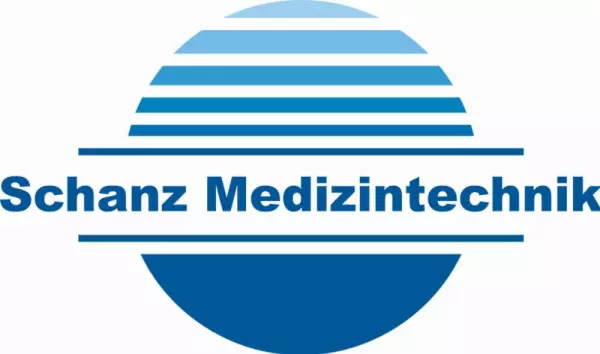
We offer a wide range of dental instruments, including: CAD/CAM milling technology endodonti...
Portal and digital medical technology fair of the largest MedTech cluster in Germany

A root canal irrigation device can be helpful in the treatment of root canals. It reduces friction between the instrument and dentine, cools the file and improves the cutting effectiveness. Besides that, the fluid helps to neutralize a wide variety of microorganisms and bacteria. Moreover, irrigating the tooth helps to impact areas of the root canal wall that are not reached by mechanical instrumentation. The principal irrigating solution used during the procedure is sodium hypochlorite (NaOCl). High concentration NaOCl is preferred for irrigation. The final rinse is ethylenediaminetetraacetic acid, which is the most common type of acetic acid and is recommended for use as a final disinfectant.
Several studies have examined the effectiveness of irrigating the root canals. Kakehashi S, Stanley HR, Fitzgerald RJ, and Sundqvist G investigated the effect of different surgical techniques on the gums and the tooth. In the same way, Peters OA reviewed the challenges in root canal preparation. In his review, J Endod 30: 559–556, Goodis H and Meztger Z analyzed the role of the root canal irrigation device in the treatment of gum disease.
Although irrigating a root canal is important, many practitioners are not aware of the risks and potential complications of using an irrigating device. In fact, most irrigating devices are not effective, and patients should consult a dentist before using one. They can cause significant damage to the root canals and must be properly monitored by a physician. For the best results, always use a PUI or CSI irrigating device.
Another benefit of root canal irrigation is that it is fast and efficient. Most devices have a built-in pH indicator, which helps the dentist ensure that the patient is comfortable and that the procedure is as pain-free as possible. Despite the benefits of this technique, some patients experience pain days or even weeks after the procedure. The irrigation device is a great investment for these patients. It will make the treatment go as smoothly as possible.
Hydrochlorus acid can be used to remove bio-molecular films and kill bacteria. It is also effective for cleaning the canals after a root canal irrigation. Researchers have found that using a gentlewave system can be as effective as manual-dynamic activation. This means the irrigant can be applied to a tooth without causing pain or requiring a needle in the canal. The RinsEndo method is the most efficient way to debride a root canal.
Fortunately, an FDA-cleared root canal irrigation device is available that uses broad-spectrum acoustic energy to remove biofilm and necrotic tissue. It uses distilled water and 3% NaOCl as irrigants to remove bacteria and preserve dentin. This device also requires no capital investment and requires only a chairside vacuum pump. This technology has some drawbacks, however. It is not recommended for all patients.
Become a digital exhibitor yourself in the online portal of the largest and best-known MedTech cluster region in Germany and inform the world of medical technology about your products and services as well as about news, events and career opportunities.
With an attractive online profile, we will help you to present yourself professionally on our portal as well as on Google and on social media.